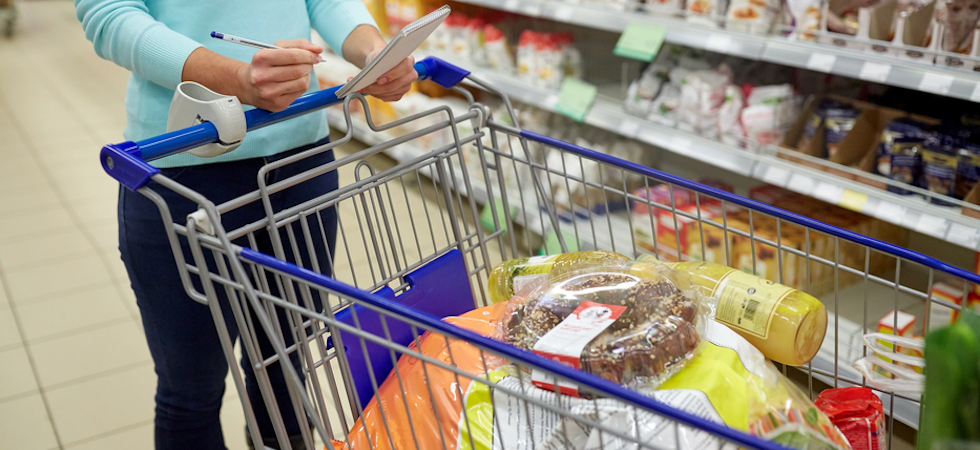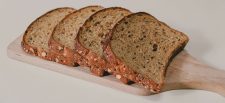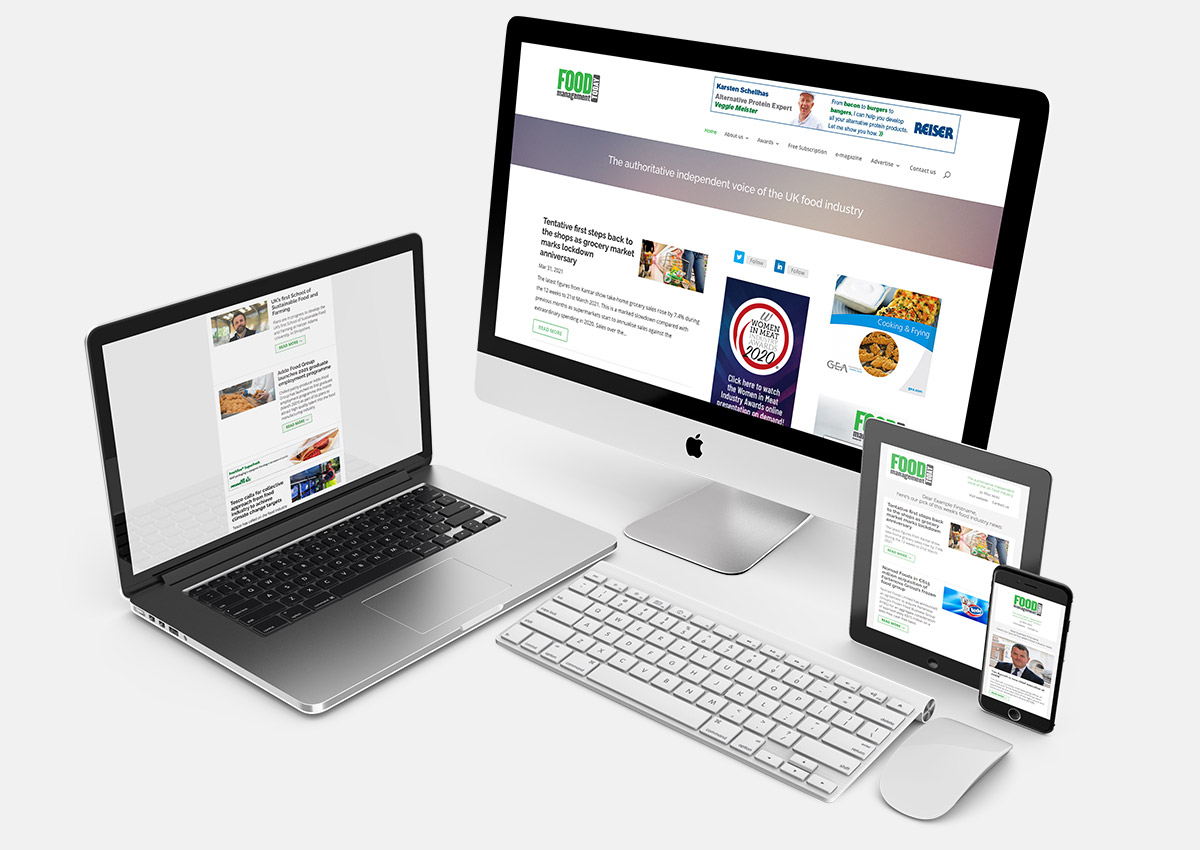Kantar’s latest data shows grocery price inflation is the lowest it’s been since 2022, but it’s still the sixth highest monthly figure since 2008.
Grocery price inflation has fallen to its lowest level since 2022 at 16.5% in the four weeks to 11th June. This may be the lowest level this year, but it is still the sixth highest monthly figure since 2008.
Fraser McKevitt, head of retail and consumer insight at Kantar, said: “This is the lowest rate of grocery price inflation we’ve seen in 2023, which will be a relief to shoppers and retailers. But prices rising at 16.5% isn’t something to celebrate and it’s still the sixth highest monthly figure in the past 15 years. Price rises are now being compared to the increasing rate of grocery inflation seen last summer, which means that it should continue to fall in the coming months, a welcome result for everyone.
“The ongoing squeeze is clearly weighing on the nation’s mind. Of the top five financial worries that consumers have, rising grocery prices is the only one that they are more concerned about now than at the start of this year.”
Fraser McKevitt explained: “Savvy shoppers have been continuing to swerve the full force of price increases, with many switching to the cheapest own label lines. Total spending on these value ranges has rocketed by 41% compared to last year and retailers have been quick to respond, expanding their offerings to meet demand. This has helped the value tier to become the fastest growing part of the market every month since June 2022.”
In the 12 weeks to 11th June 2023, Aldi was the fastest growing retailer, with its sales rising by 24.6%. This has pushed Aldi to a new record market share of 10.2%, which is 1.2% higher than the same period in 2022. Lidl was close behind Aldi, with sales increased by 23.2% and a market share of 7.7%.
Morrisons’ sales rose by 0.8% this period and its market share is at 8.8%. Fraser McKevitt commented: “This was the fourth time in a row that we’ve seen Morrisons grow. It’s a modest rise compared to rivals but there are positive signs for the retailer. Its Morrisons Savers range is Britain’s fastest growing value line, nearly doubling sales compared to last year, as consumers turn to own-label.”
Sainsbury’s and Asda’s sales rose by 10% this period. They now account for 14.9% and 13.7% of the market respectively. Britain’s largest retailer Tesco saw an increase of 8.9% in sales, and currently accounts for 27.1% of the market.
Co-op’s sales rose by 3.8% giving it a 5.8% market share. Following a 3.3% rise in sales, Waitrose now holds 4.5% of the market leading Iceland and Ocado on 2.3% and 1.7% respectively.









